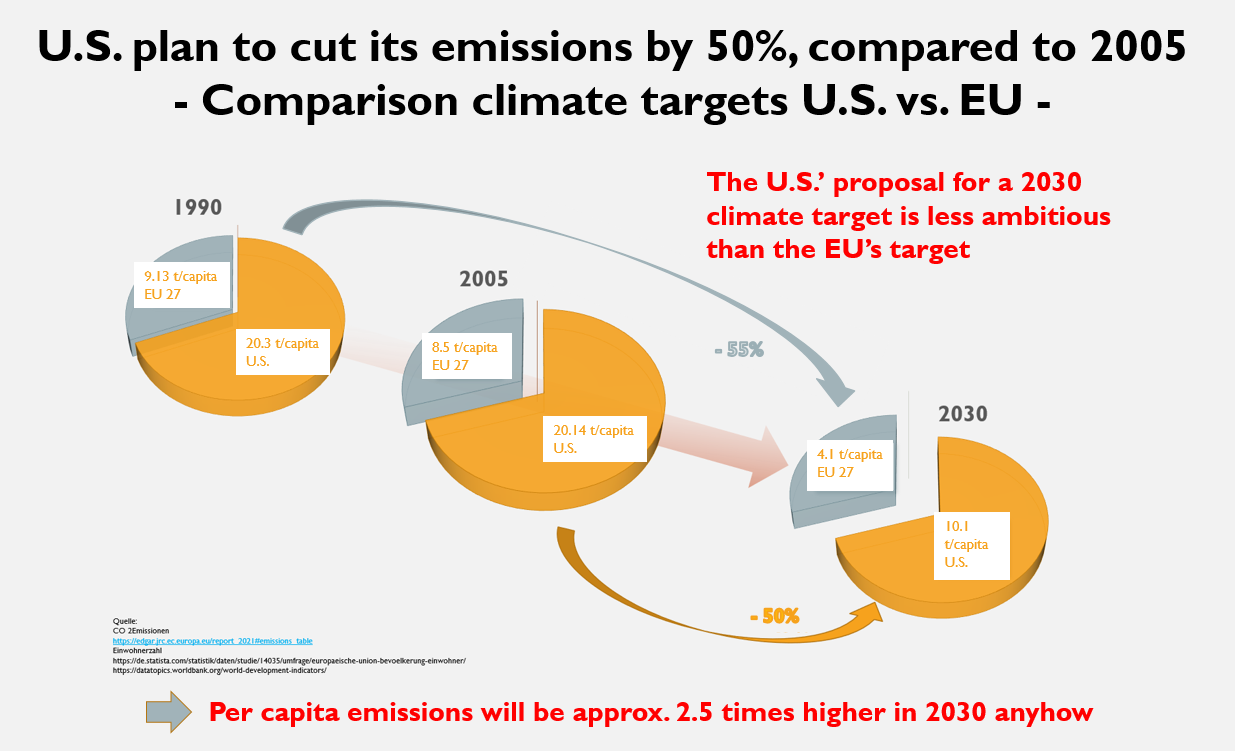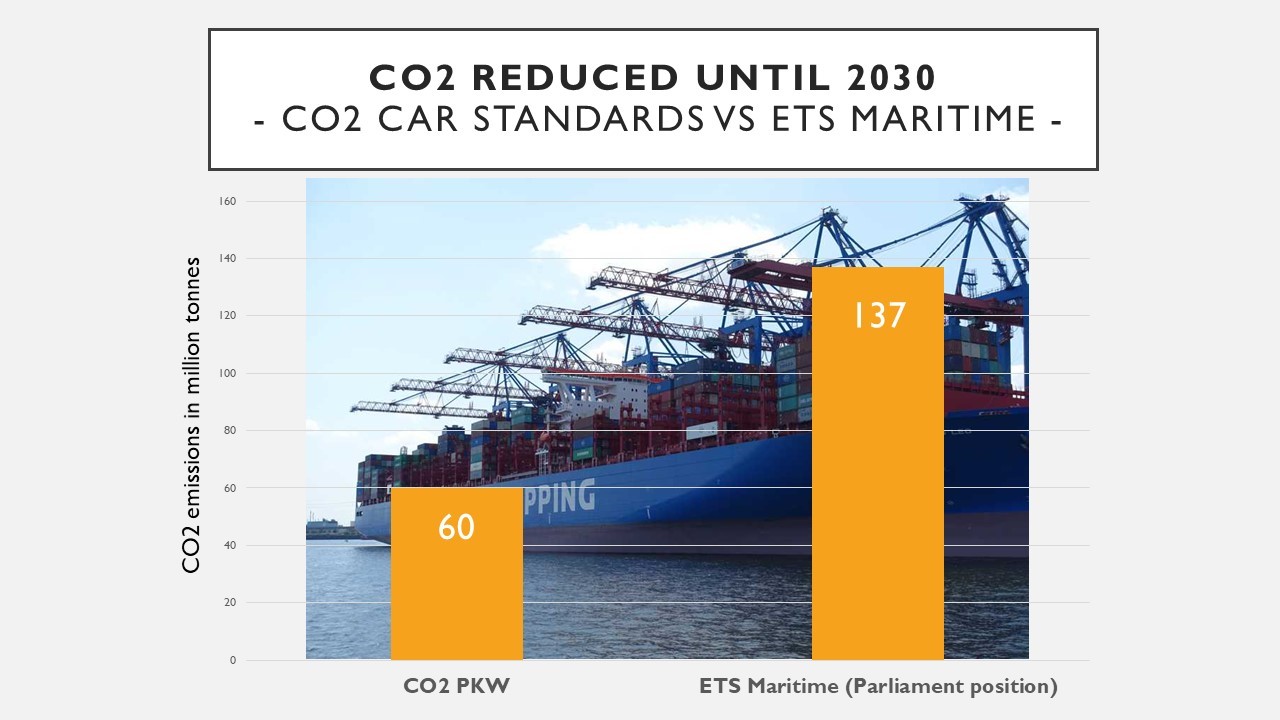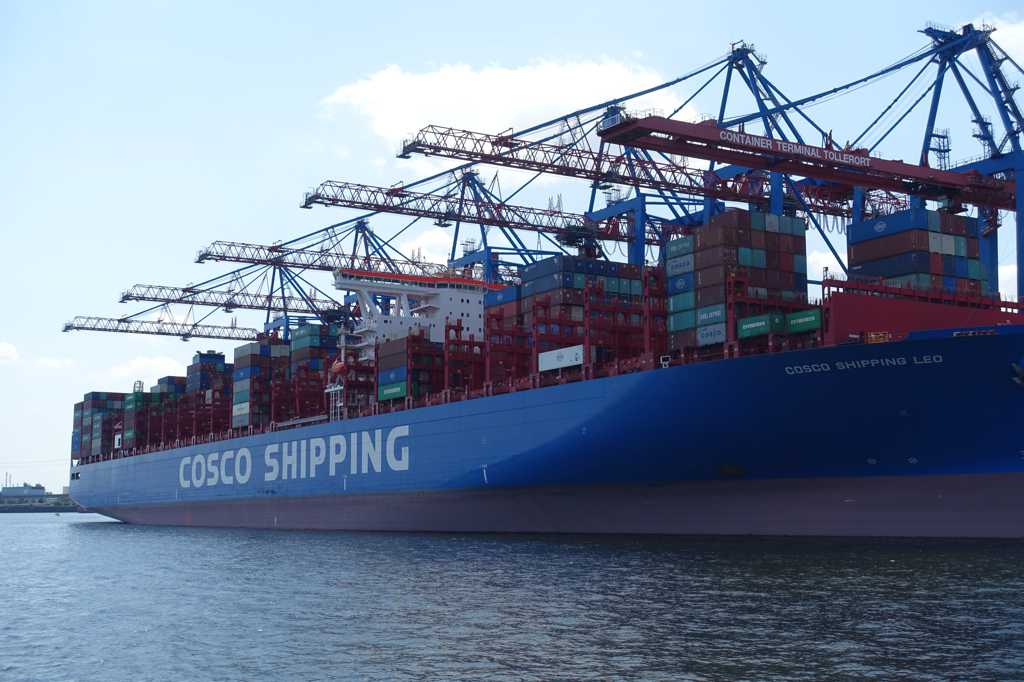Europe is much more climate-friendly than United States / Now we also need a good deal for industry / Inclusion of Maritime historic step / ETS 2 for heating and road transport important part
“I am very happy that the biggest climate law ever has received such broad support in the European Parliament’s Environment Committee”, said Peter Liese, rapporteur on the revision of the European emissions trading system. A huge majority (75%, 57 +, 13 -, 6 o) supported the proposal that has been negotiated before Christmas between the European Parliament represented by the Rapporteur Peter Liese, the European Council represented by the Czech Presidency and the European Commission represented by Vice-President Frans Timmermans. “We will save 1.500 million tonnes CO2 what is why the ETS is the cornerstone of our climate policy until 2030. With this legislation alongside with the other parts of the Fit for 55 package we will over-achieve our 55% target. We are much more climate-friendly than the United States even with the IRA. That is a good step for the climate. The United States will not achieve their own 50% target which is because of the per capita emissions much less ambitious than the European target. The United States will emit at least 2.5 times more per capita in 2030 than the European Union,” said Peter Liese.

“On the other hand, the IRA is a challenge to Europe when it comes to jobs in green industries. That is why we need to react in the right way. The answer to ‘America First’ should not be ‘Europe First’ but ‘Europe Fast’. We need to speed up our procedures. The proposal on renewable energies is a first step but other things must follow. CCS technologies, the creation of plants for heat pumps or insulation materials must also be easier for companies in Europe. On top of that, Member States are now obliged to use 100% of revenues on purpose which also means more support for the transition in industry. A rough estimation of about 400 billion EUR will be available for this purpose (at a price of 100€ 2023-2030, subject to own resources decision). Before asking for new funds, Member States should use this money. The carbon price is five times higher than two years ago so that much more money is available”, explained Liese who is also environmental spokesperson for the biggest group in the European Parliament (EPP, Christian Democrats).
The agreement includes additional elements to incentivise the decarbonisation of industry.
1. First, a much bigger Innovation Fund than planned by the Council with an estimated volume of up to 50 billion €.
2. Second, companies that decarbonise, can now stay in the ETS and continue to benefit from free allowances.
3. Third, best performers will definitely be excluded from the cross-sectoral correction factor.
Liese insisted on the importance of the inclusion of the maritime sector in the ETS: “Ships are burning low quality fuels in many cases and there have not really been meaningful environmental rules for this sector. This will now change. From 2026 on, they will be fully covered for the first time. This is good for the climate. The effect on emission reductions until 2030 is more than twice as big as the effect of the highly disputed CO2 cars regulation that includes the ban of the combustion engine."

„The creation of a new ETS for heating and road transport is a very important part. Without this, it would be very difficult to achieve the 2030 targets. The alternative would have been much more bureaucratic based on extremely detailed rules which are very expensive and would probably not have been accepted by citizens”, said Liese.



